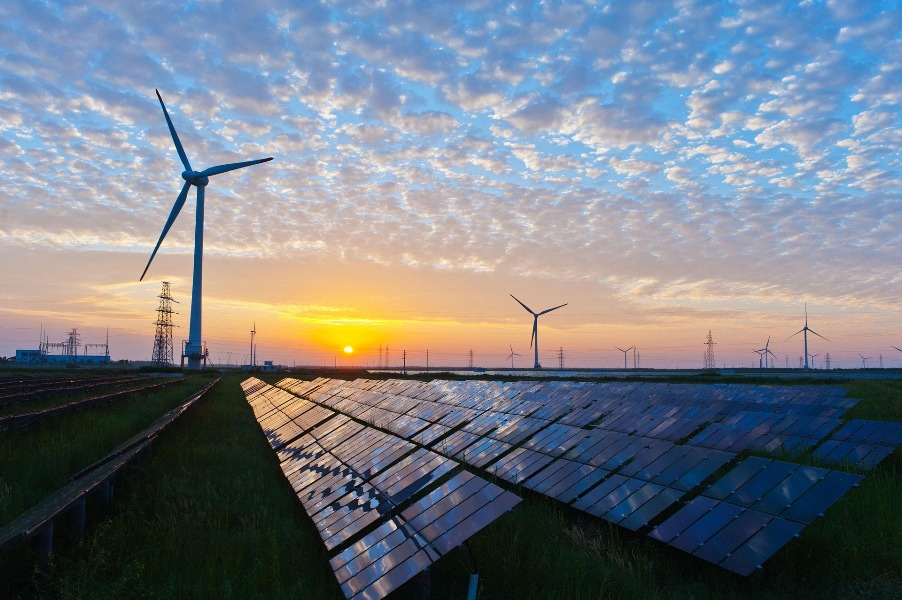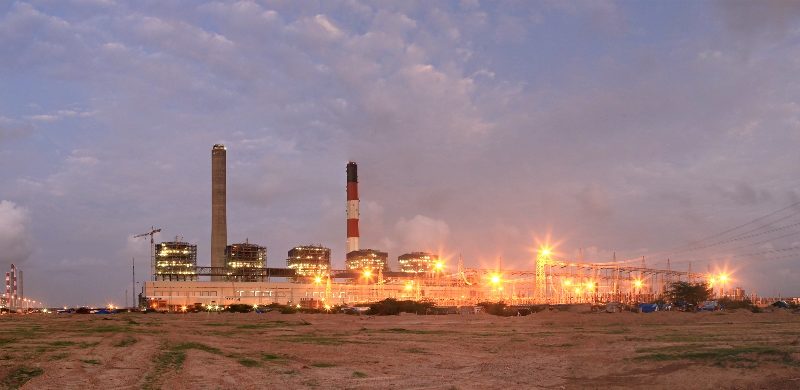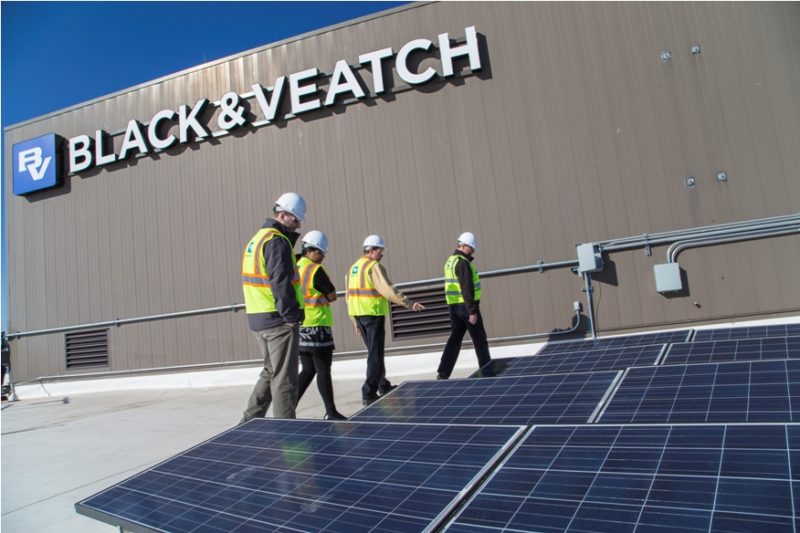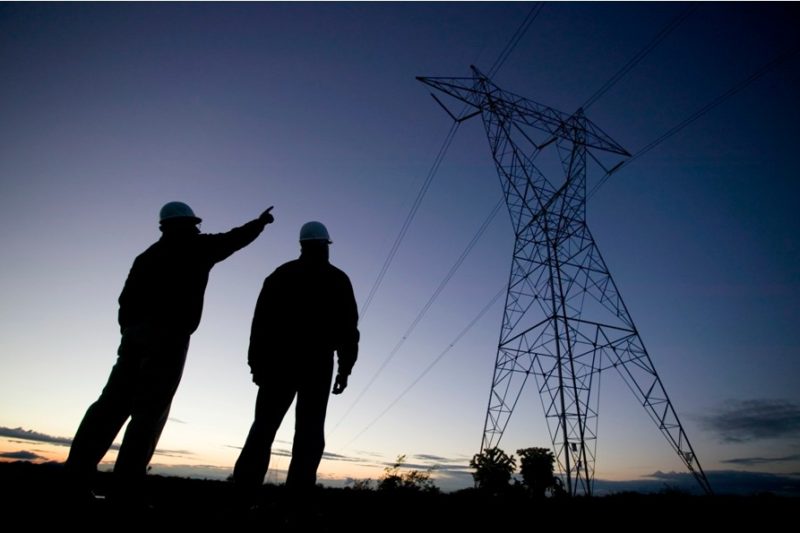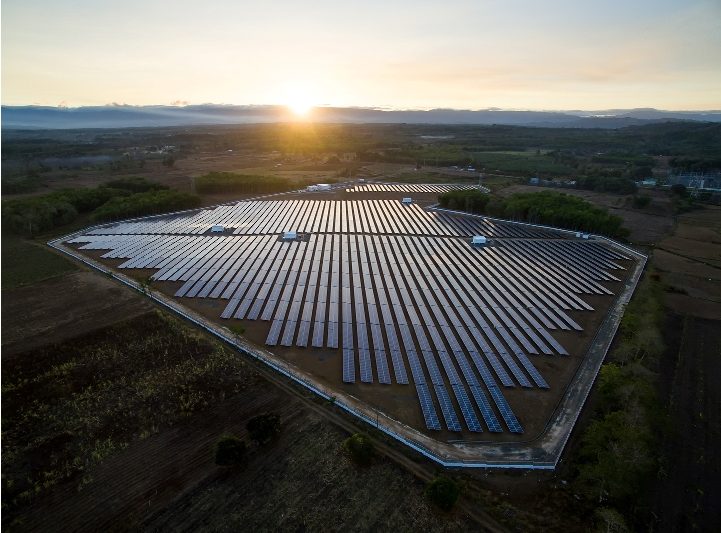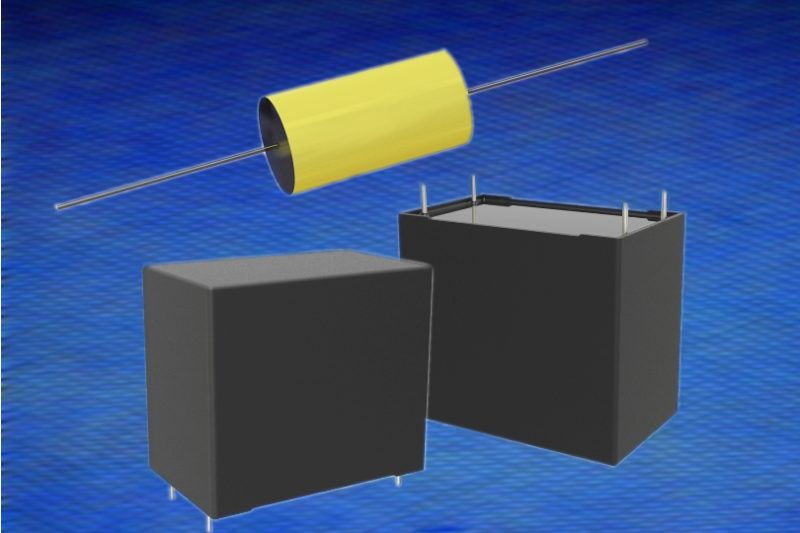By Invitation
Dispatchable Wind Solar Hybrid Power: A viable option
 Wind-solar hybrid power, which harnesses both solar and wind energy, is fast emerging as a viable new renewable energy option in India, notes Keyur Vora.
Wind-solar hybrid power, which harnesses both solar and wind energy, is fast emerging as a viable new renewable energy option in India, notes Keyur Vora.
Stelmec’s STATCOM technology: A big success with GETCO
- Jun 15, 2020
 This case study, authored by Amar Arsiwala, explores the impact of the installation of Static Synchronous Compensator technology at the existing 220kV substation located in Timbdi, Gujarat. The STATCOM solution has facilitated GETCO’s objective to mitigate voltage variation, thereby supporting industrial industry capacity in network area, as well as allowing for smooth integration of renewable energy into the grid. By extension, these outcomes are paving the way for economic and social improvements in the Saurashtra region.
This case study, authored by Amar Arsiwala, explores the impact of the installation of Static Synchronous Compensator technology at the existing 220kV substation located in Timbdi, Gujarat. The STATCOM solution has facilitated GETCO’s objective to mitigate voltage variation, thereby supporting industrial industry capacity in network area, as well as allowing for smooth integration of renewable energy into the grid. By extension, these outcomes are paving the way for economic and social improvements in the Saurashtra region.
Is India turning the corner on procurement with safety in mind?
- Jun 10, 2020
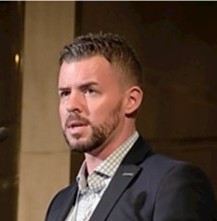 Following a visit to the recent Elecrama 2020, India’s leading energy transition technology conference, Steve Jones, Sales Director, MIDEL reflects on the changing mindset of procurement for the country’s electricity infrastructure.
Following a visit to the recent Elecrama 2020, India’s leading energy transition technology conference, Steve Jones, Sales Director, MIDEL reflects on the changing mindset of procurement for the country’s electricity infrastructure.
Restoring Transmission Towers around the World
- Jun 3, 2020
 The number of aged galvanized towers around the world is large and budgets are tight. The utility owners face increasing pressure to substantially upgrade transmission lines using existing infrastructure. In such cases, the use of existing and often older towers makes economic and political sense, notes Russell Hicks. On a technical note, the author observes that while zinc-rich coating systems protect corrosive substrates in the same generic manner as the original hot dip galvanization – i.e. galvanic protection, it is impossible to achieve the same level of protection with a liquid applied coating.
The number of aged galvanized towers around the world is large and budgets are tight. The utility owners face increasing pressure to substantially upgrade transmission lines using existing infrastructure. In such cases, the use of existing and often older towers makes economic and political sense, notes Russell Hicks. On a technical note, the author observes that while zinc-rich coating systems protect corrosive substrates in the same generic manner as the original hot dip galvanization – i.e. galvanic protection, it is impossible to achieve the same level of protection with a liquid applied coating.
Caring for the unsung heroes in energy utilities
- May 5, 2020
 As India went into lockdown since March 25, 2020 necessitated by the Covid-19 pandemic, energy utilities have continued to work like it is business as usual, while most sectors have literally come to a partial or complete standstill.It is therefore very important to protect the frontline force in the power value chain, and take adequate safety measures to mitigate the risk of exposure to the virus, notes Praveer Sinha, MD & CEO, Tata Power.
As India went into lockdown since March 25, 2020 necessitated by the Covid-19 pandemic, energy utilities have continued to work like it is business as usual, while most sectors have literally come to a partial or complete standstill.It is therefore very important to protect the frontline force in the power value chain, and take adequate safety measures to mitigate the risk of exposure to the virus, notes Praveer Sinha, MD & CEO, Tata Power.
Solar microgrids: Bringing power to the people
- Nov 10, 2019

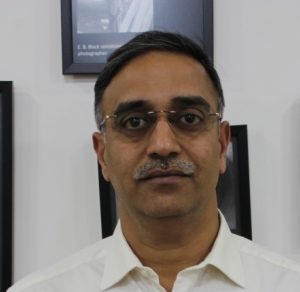
A microgrid is typically defined as a group of interconnected loads and distributed energy resources, within defined electrical boundaries, that act as a single controllable entity with respect to the grid. Microgrids can function either independently or as part of the macrogrid. This article by Tom Christensen and Sachin Deole takes a closer look at how solar-based microgrids can help electrify remote Indian villages where conventional power grids are highly infeasible.
The Compelling Power of Public Energy & Sustainability Goals
- Jun 4, 2019

Companies that want to accelerate their action on energy and sustainability find greater success when they set, and announce, a public goal, notes Frederic Abbal.
Towards better Project Cost Management
- Apr 2, 2019
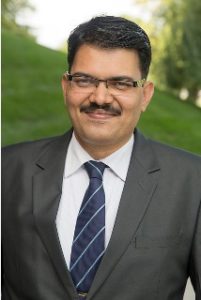
A crucial element in maintaining control over project costs is estimating inflation and escalation over the life of a project. Since capital projects run over a number of years inflation and escalation costs can easily push project costs beyond budgets, notes Rajiv Menon.
India Solar: Current scenario, inherent challenges, likely solutions
- Dec 28, 2018
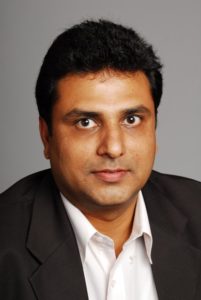
While solar energy is the rising star in India’s power firmament, multiple challenges need to be met before the ambitious 2022 targets can be achieved, notes Anurag Garg. He also observes that given the tremendous energy demand in India, which is slated to rise further, and the focus on clean energy due to soaring pollution levels, there is immense potential for solar power in India.
Comparative Study of LT Power Capacitors
- Oct 17, 2018
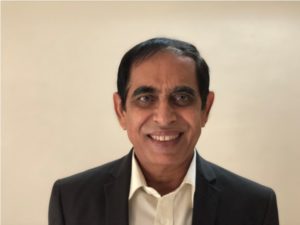
Baldev Raj Narang, in this technical article, explains the various types of low-tension (LT) capacitors.The three types of LT power capacitors have their distinctive features. The purpose of this article is to present a clear technical comparison of the different types to enable users to make an informed selection, after taking into account the superiority or otherwise of various performance parameters of the three types. Oil filled MPP (metalized polypropylene) construction is not discussed because it is very uncommon. Oil causes erosion of zinc layer over a period of time due to chemical reaction, thus most of the manufacturers employ resin-filled MPP construction.


